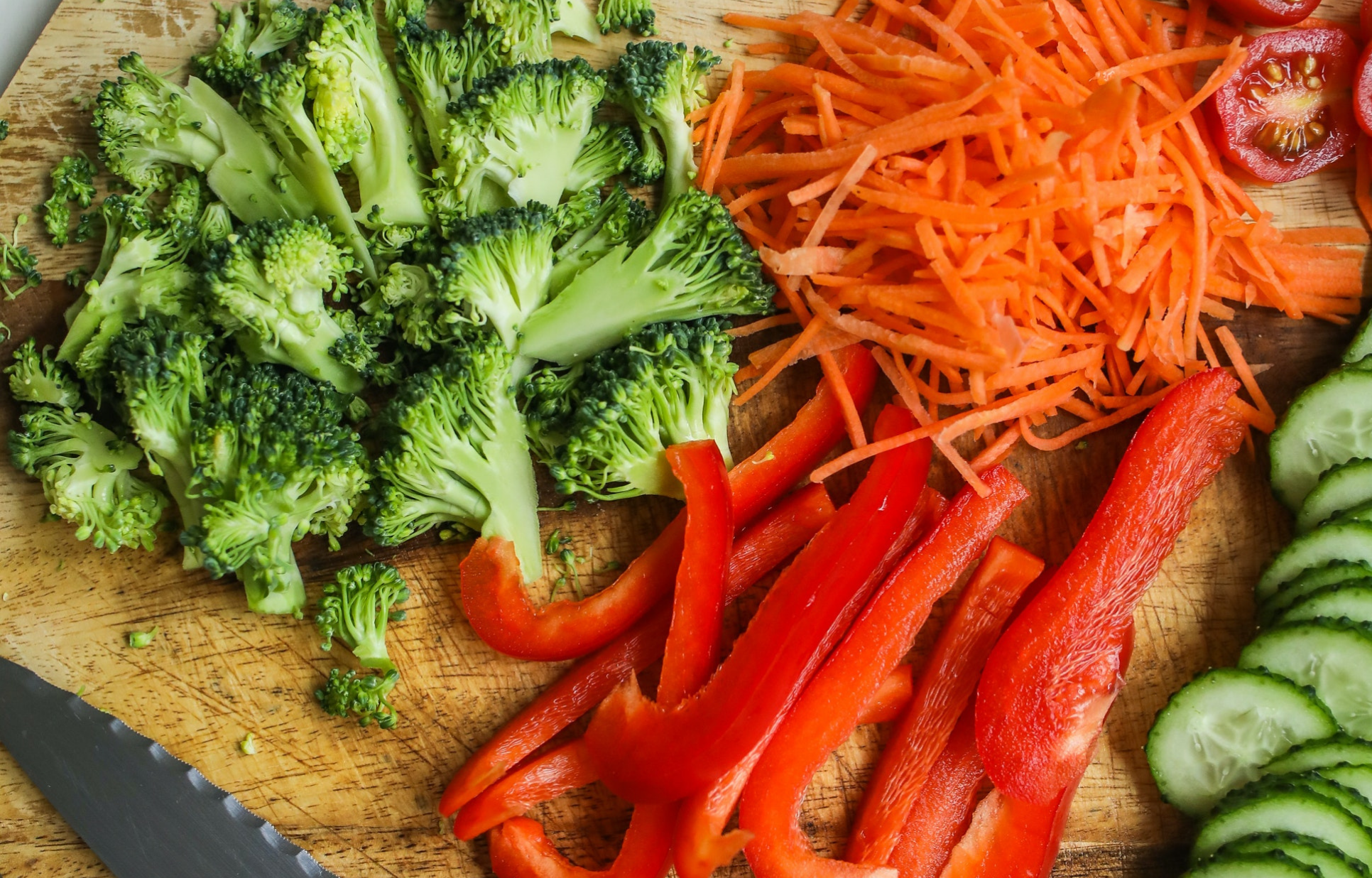
Eating the Rainbow is a concept meant to encourage a variety on your plate. It helps children (and adults) to eat more diverse foods as opposed to just a few things. Ready to eat the rainbow? Here’s how eating the different colored fruits and veggies can benefit your entire family.
Red Foods
Red foods include things like apples, tomatoes, strawberries, and cherries. They typically contain vitamin C, flavonoids, and antioxidants that help fight diabetes, heart disease, and even cancer. Eating red foods can help with memory and can lower inflammation.
Orange and Yellow Foods
Orange foods are typically paced with Vitamin C and beta carotene. These foods can help maintain good vision while increasing blood flow and lowering your risk of stroke. A few great yellow and orange foods to incorporate include carrots, sweet potatoes, peaches, butternut squash, and yellow peppers.
Green Foods
Green fruits and vegetables are vital to good nutrition. Packed with chlorophyll, antioxidants, and Vitamin K, green foods help with healthy bones, teeth, and eyes. Some great greens include edamame, grapes, avocados, cucumbers, broccoli, and kale.
Blue and Purple
Blue and purple foods can lower your risk of cancer, stroke, and heart disease. Filled with antioxidants, many of these foods contain anti-aging benefits. Next time you reach for a snack, consider a handful of blueberries, a plum, or some eggplant.
Don’t Forget About White and Brown Foods
When eating the rainbow, don’t forget about our neutral friends. White and brown foods can also offer a number of great health benefits. These foods contain vitamin C, flavonoids, and phytonutrients which fight cancer, and heart disease while encouraging healthy bones. White and brown foods include cauliflower, garlic, onions, mushrooms, and jicama.
Encouraging your child to eat the rainbow can be a fun way to add variety to your child’s diet. How will you be incorporating the rainbow into your meals and snacks? Let us know on Facebook or in the comments below!

